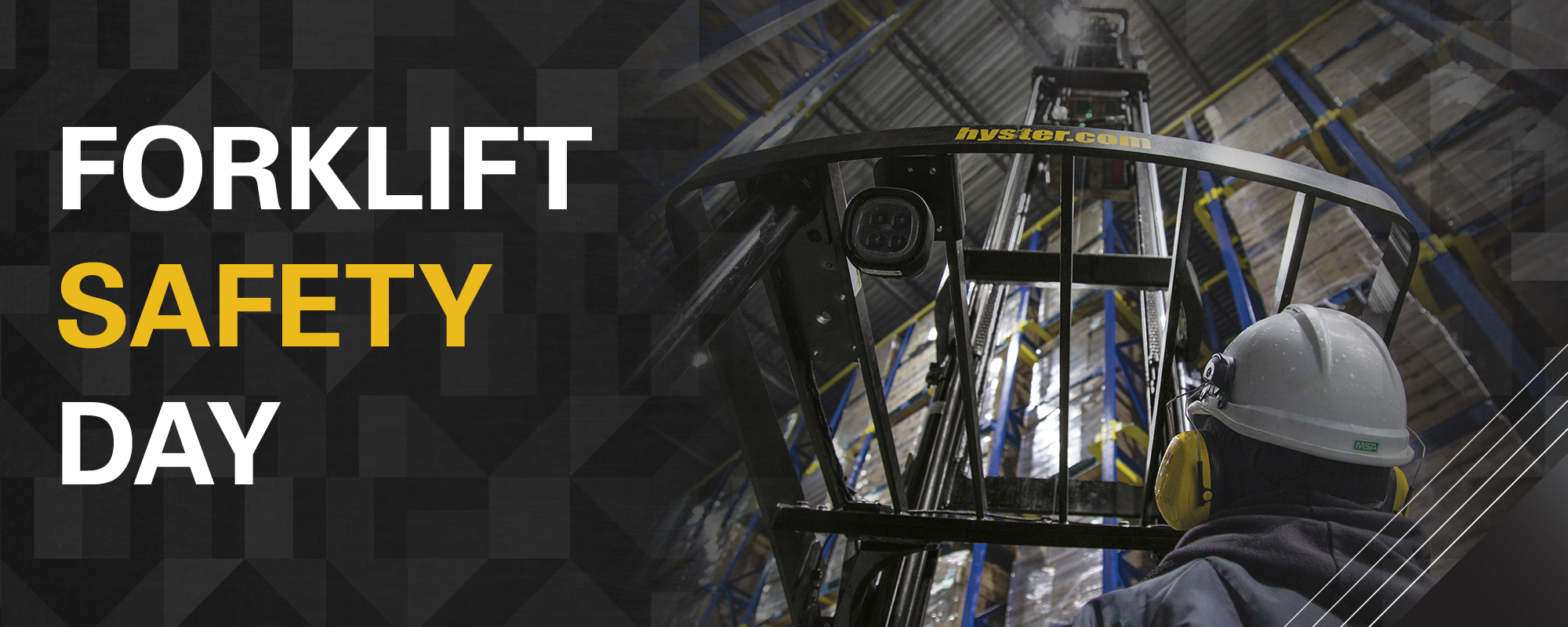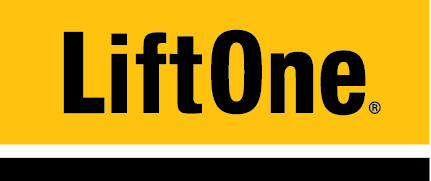
In any material handling business, forklift operators play a vital role, but their job comes with inherent risk. Without the implementation of proper safety practices, accidents can occur, resulting in employee injury, costly repairs and lost time. Therefore, prioritizing forklift safety is essential for maintaining an efficient and secure operation.
The importance of Forklift Operators
Forklift operators are an indispensable asset to any business that relies on material handling and warehouse operations. They possess the expertise and skills necessary to maneuver specific environments, move loads, maximize storage capacity, and make sure logistics are handled smoothly. However, their job also exposes them to potential hazards that can have severe consequences.
Recognizing the Risks
Operating forklifts involves risks that must be acknowledged and addresses prior to operation. These risks include collisions with pedestrians or objects, tip-overs, falls from elevated heights, and inadequate visibility. Ignoring these risks or neglecting proper safety protocols can lead to accidents, resulting property damage, costly legal liabilities, injury or even death.
Promoting Forklift Safety
To create a safe working environment for operators, businesses must prioritize and actively enforce proper safety practices. Here are some crucial steps to help promote forklift safety:
- Comprehensive training: Thoroughly train all forklift operators on safe operating procedures, load handling techniques, and the proper use of safety equipment as outlined in the Occupational Health and Safety Administration (OSHA) regulations. Regular refresher courses can also be leveraged to ensure ongoing competency and awareness of any new safety guidelines.
- Routine Equipment Inspections: Conducting thorough pre-shift inspections of forklifts to identify any mechanical issues or maintenance requirements, as outlined in the operator’s manual. Proper reporting of deficiencies, timely repairs and planned maintenance can prevent equipment malfunctions and reduce the risk of accidents.
- Adequate Signage and Markings: Clearly mark pedestrian walkways, designated forklift routes, and restricted areas using signage and floor markings. This helps prevent collisions and displays a clear distinction between pedestrian and forklift traffic.
- Review Appropriate Travel Speed: Establish and enforce speed limits for forklifts within the facility to minimize the risk of accidents. Encouraging operators to operate at safe speeds ensures better control and reduces the likelihood of collisions and/or tip-overs.
- Provide Personal Protective Equipment (PPE): Supply forklift operators with appropriate personal protective equipment such as safety glasses, high visibility clothing and proper footwear.
Benefits of Forklift Safety
Prioritizing forklift safety yields numerous benefits for both businesses and employees:
- Reduced Accidents and Injuries: Implementing comprehensive safety practices significantly reduces the chance of accidents and injuries, safeguarding the well-being of forklift operators and the surrounding workers.
- Cost-Savings: Businesses can avoid costly repairs to damaged equipment and potential lost time by enforcing safety guidelines that ultimately prevent accidents.
- Improved Employee Morale: Demonstrating a commitment to employee safety enhances overall morale and job satisfaction. Employees feel valued and appreciated, leading to increased loyalty and positive work culture.
Forklift operators are an integral part of any business relying on material handling operations. Prioritizing forklift safety through comprehensive training, routine inspections, proper signage, and adequate PPE not only mitigates risks, but also enhances operational efficiency and cultivates a safe work environment. By investing in comprehensive forklift safety, businesses can protect their workers, reduce costs and foster a culture of security and productivity.










